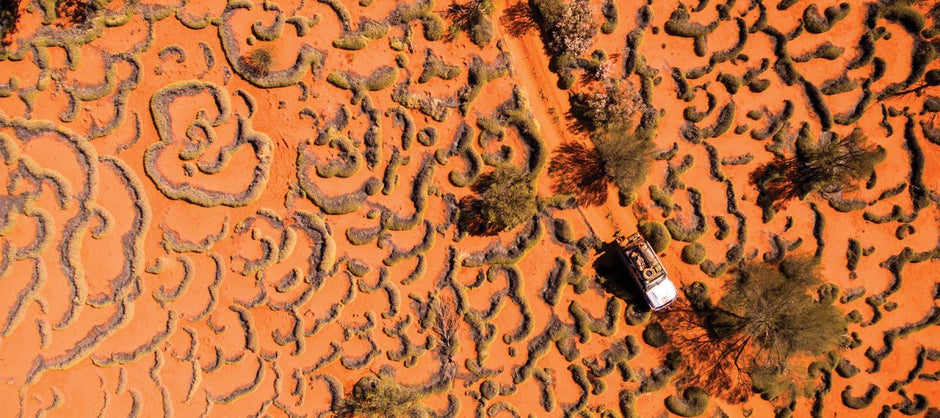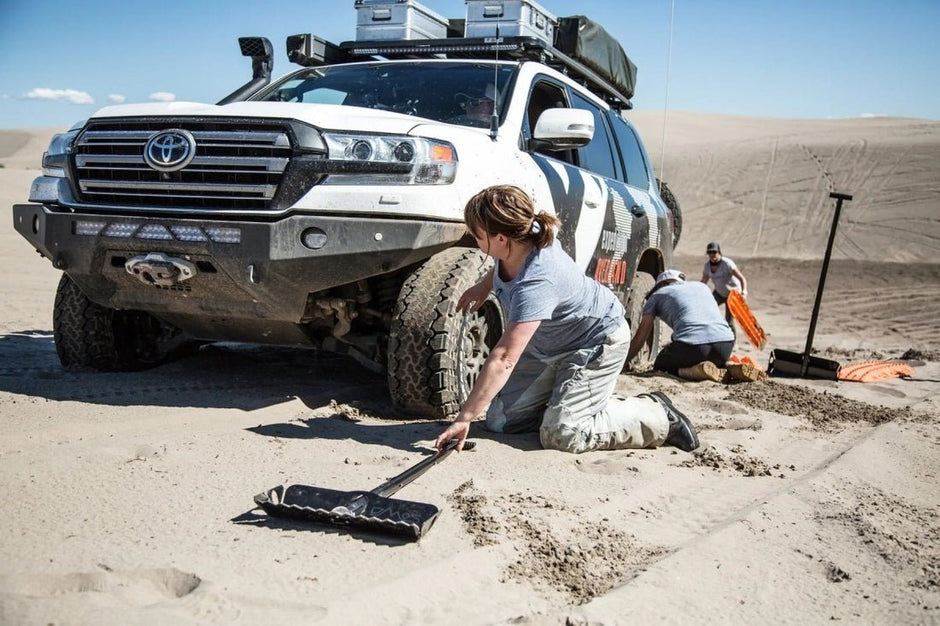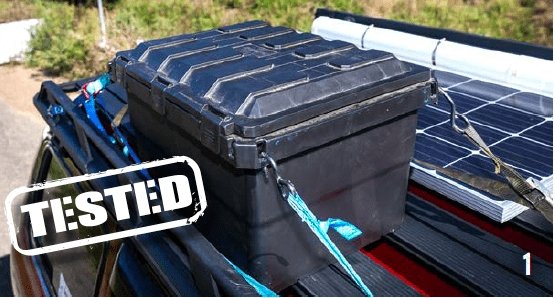In Australia, the chances of being bitten by a snake are fairly slim. But these bites can be deadly and it’s important to know what to do in an emergency.

Snake Bite First Aid Tips
- If you are bitten by a snake, it’s important to seek medical care immediately. If you are able to, immediately call triple zero (000) for an ambulance.
- In the meantime, there are some things you can do to help reduce the severity of the bite. Firstly, try to keep the affected limb as still as possible. This will help to prevent the spread of venom. Secondly, if the bite is on an extremity (such as a finger or toe), try to remove any jewellery or tight clothing that may constrict the area and restrict blood flow.
- If you have a snake bite kit a with you, follow the instructions carefully. If you don’t have a kit, apply a firm pressure bandage (such as an elasticised compression bandage) over the bite site and extend it up the limb towards the body. This should be done as soon as possible after the bite wound has been made. Once applied, do not remove the bandage.
- It is also important to keep in mind that some snakes can be more dangerous than others. If you know or suspect that you have been bitten by a highly venomous snake (such as a brown snake or tiger snake), call triple zero (000) for an ambulance and remain still. the more you move, the more the venom can spread.
What type of snake bites should you be worried about?
Venomous snake bites are dangerous because they can cause serious injury or even death. If you are bitten by a venomous snake, you will need to seek medical attention immediately, and remember to remain as motionless as possible so the venom spread is minimised.
Non-venomous snake bites are not as dangerous, but they can still cause pain and swelling. If you are bitten by a non-venomous snake, you may be able to treat the wound at home. However, it is always best to seek medical advice if you are unsure.
Which Australian snakes are venomous?
There are many different types of snakes in Australia, but not all of them are venomous. Some of the most common venomous snakes in Australia include brown snakes, tiger snakes and death adders.
- The brown snake is one of the most dangerous snakes in Australia. It is responsible for the majority of snake bite deaths in the country. The brown snake is found throughout Australia, except for Tasmania.
- The Tiger Snake is another dangerous snake found in Australia. It is found in coastal areas and can grow up to two metres in length. The tiger snake is highly venomous, and its bite can be fatal.
- The death adder is a highly venomous snake found in northern and eastern Australia. It is a short, stocky snake that can grow up to one metre in length. The death adder’s bite can be fatal if not treated immediately.
How to Treat a Snake Bite
If you’re unlucky enough to get bitten by a snake, it’s important to act quickly and calmly. Here’s what you should do:
First, try to identify the type of snake that bit you. This will help determine the severity of the bite and the appropriate treatment.
If possible, call for medical help. In Australia, you can call the Snake Catchers Hotline on 1300 662 785 for advice.
If the bite is on a limb, try to keep the limb below heart level to slow the spread of venom.
Apply a pressure bandage from your first aid kit tightly around the limb, starting at the bite site and working up towards the body.
Immobilise the limb with a splint or sling if possible.
Keep the affected person calm and still to prevent further spread of venom.
Take care not to get bitten yourself when assisting someone who has been bitten!
Possible effects of a snake bite
- There are a few possible effects of a snake bite. The most serious effect is if the venom from the bite enters the bloodstream. This can cause serious health problems — including organ damage — and even death.
- Another possible effect of a snake bite is an allergic reaction. Some people may have a severe allergic reaction to the venom, which can cause swelling, difficulty breathing and other symptoms.
- Lastly, some snake bites may cause infection. This is more likely if the wound is not treated properly. Infection can lead to fever, redness and swelling at the site of the bite.
Wrap up
In conclusion, we hope this guide has given you a better understanding of how to deal with snake bites in Australia. While the risk of being bitten by a snake is relatively low, it’s still important to be prepared and know what to do if it does happen. Remember to stay calm, call for help and apply pressure immobilisation if you or someone else is bitten. It’s best to always carry a first aid snake bite kit in your 4WD, so you’re always prepared. They’re relatively low cost, small and easy to store in your vehicle. View first aid snake bite kits here.







